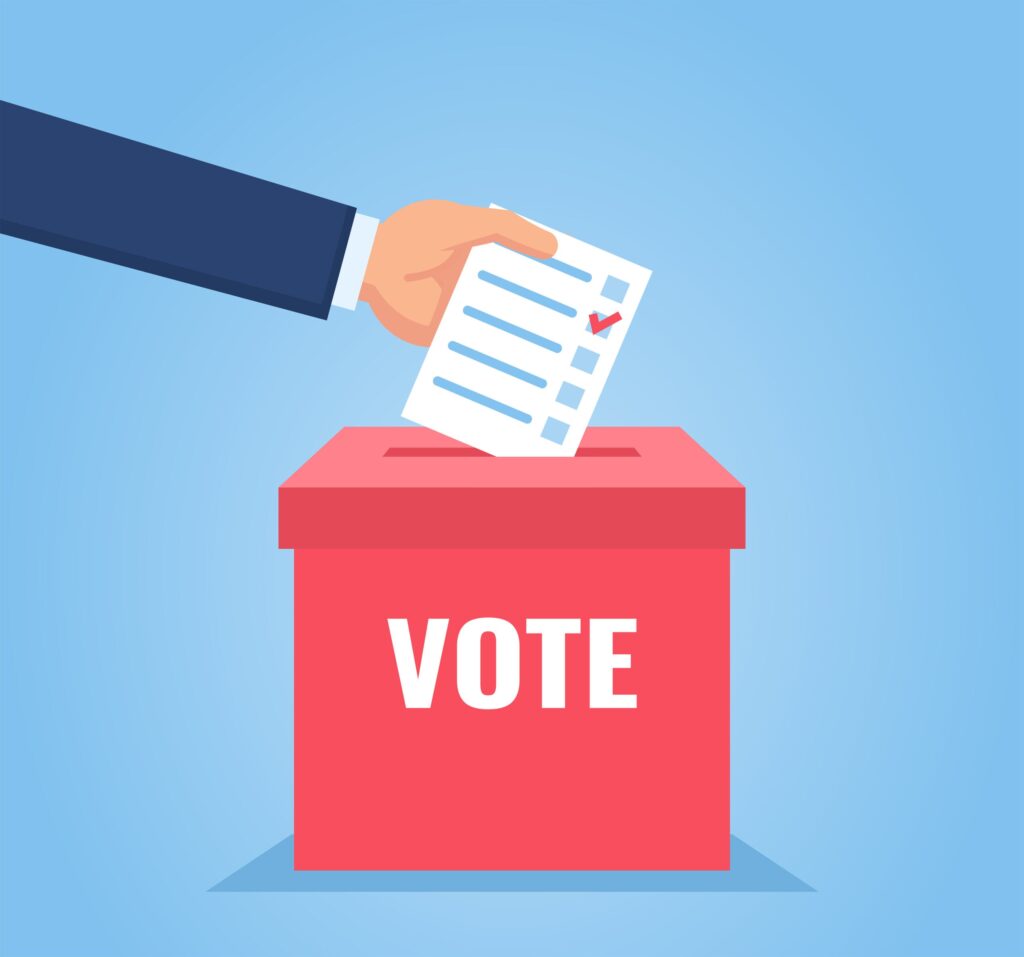Businesses that don’t incorporate service data into their customer records are losing money. Customers are willing to share their meaningful feedback that will improve products, resolve disputes, uncover errors and augment revenue. However, quite often this information is neither adequately collected nor funneled to the appropriate departments within an organization. Instead, it remains isolated.
Marketers have many opportunities to collect feedback. While some are more formal than others, the informality of a channel does not minimize the value of that which is gathered. Employing multiple channels to collect feedback enables a business to benefit from hearing the perspectives of disparate customer segments. Doing so is vitally important, as one channel may be heavily weighted with a certain customer type that isn't representative of the entire population.
Data collection methods include:
* Formal surveys
* Online and social media
* Real-time in-store interactions
Formal Surveys
One of the richest feedback mechanisms is formal customer surveys. Marketers who maintain a regular schedule of customer surveys receive continuous and valuable insight into how their customers view their businesses.
Surveys should map each step in the customer journey to understand the most important drivers of customer satisfaction. When possible, a business should tailor each set of questions to customers’ use of specific products or services. This customized approach will not only expedite the survey process but also demonstrate knowledge of customers' preferences.
Not all customers are created equal. Consequently, marketers should weight the surveys so their most valuable consumers have the strongest voice. For instance, in the airline industry a customer who has purchased a first-class ticket one week before the flight represents a substantial premium vs. someone in coach who used loyalty program currency to obtain a ticket based months in advance. If there is consistent feedback on a certain area, management needs to understand which consumers it is coming from, and the potential revenue implications of changing strategy.
Consumers are bombarded with customer surveys. Marketers must optimize response rates through timing and incentives. Marketers know recency is often the best predictor of future behavior. Deploying a survey within seven days of a customer’s purchase is ideal. Doing so allows customers to reflect on their experiences and provide the most memorable feedback.
In addition, marketers must respect their customers' time and provide appropriate resting periods before soliciting their feedback again. Too often retailers deploy surveys to the same customers after every transaction. Over time, this typically decreases response rates.
Finally, people like being rewarded for their efforts. Marketers should provide a clear benefit to their customers for taking the survey, such as entry into a monthly drawing or a future discounts.
Online And Social Media
Today’s technology enables marketers to collect data in real time. Blogs, Twitter, Facebook and Pinterest, to name a few platforms, enable businesses to listen to and connect with different customer segments.
These channels provide a wealth of ideas and serve as the foundation for innovation. Websites like mystarbucksideas.com offer excellent examples of businesses creating a forum for brand enthusiasts to share new concepts, provide suggestions for improvement and gauge customer feedback.
Having these channels available to consumers is step one. Step two is ensuring active engagement by employees who are knowledgeable and empowered to speak on behalf of the company. Quite often, customers have complaints or comments that require in-depth product knowledge. Customers expect an immediate response. If a business does not respond or provides a generic answer, consumers will quickly disengage.
Real-Time In-Store Interactions
The final aspect is real-time data collection. This can be the most challenging activity, yet it is very valuable. Having a database that tracks transactions provides quantitative support that helps balance the qualitative feedback marketers collect.
For example, cable providers often keep detailed records of customer service calls, complaints and preferences so they can tailor their approach when speaking with each customer. Consider a service representative who knows that a customer called three weeks ago is interested a sports package but hesitated on the price. The rep may offer a slightly discounted rate. Furthermore, the representative also knows the customer may be interested in upgrading an internet connection, as the customer had inquired about network speeds.
Ultimately, the more businesses learn about their customers, particularly their most profitable ones, the better off they will be. By continually collecting feedback and disseminating this information so that it is available throughout all customer-facing channels, businesses will reap financial rewards and engender strong loyalty.
Jeffrey Boorjian is vice president, marketing at Caesars Entertainment Corporation




